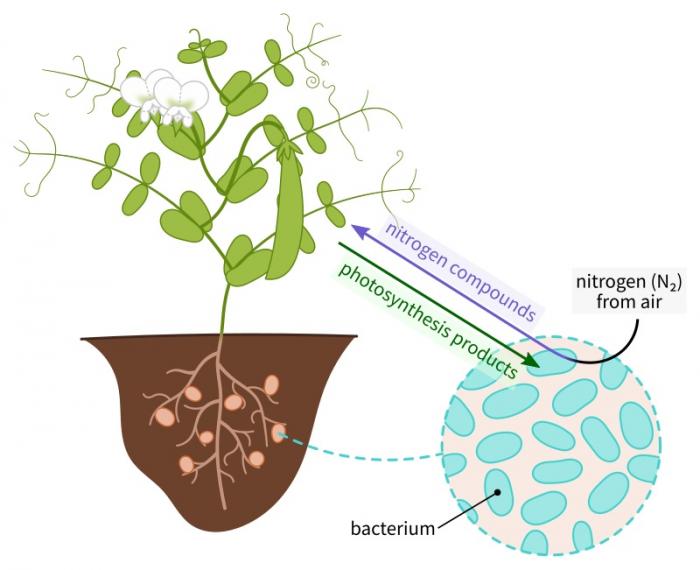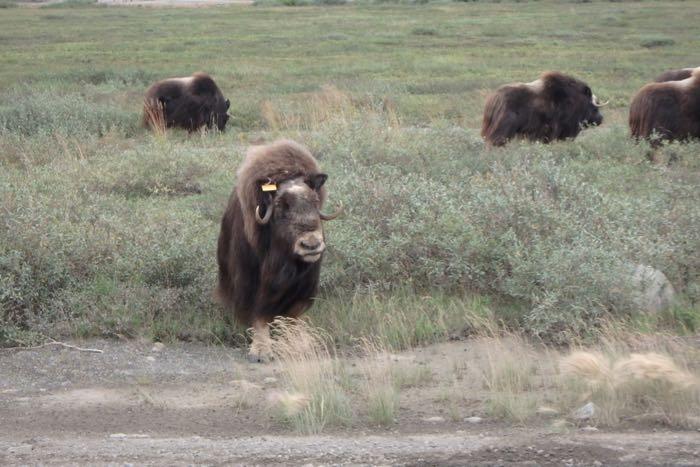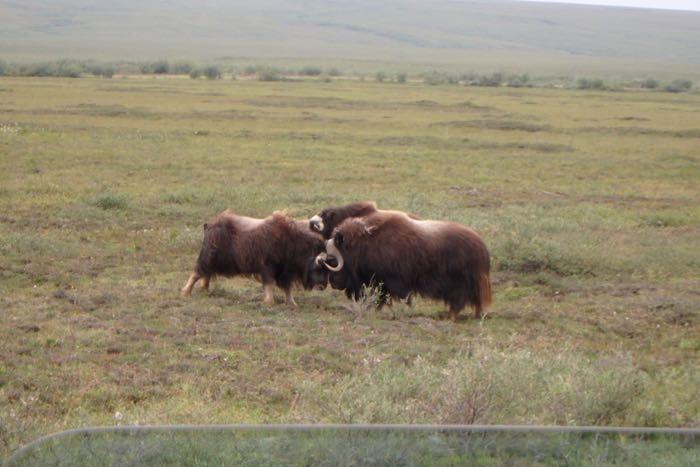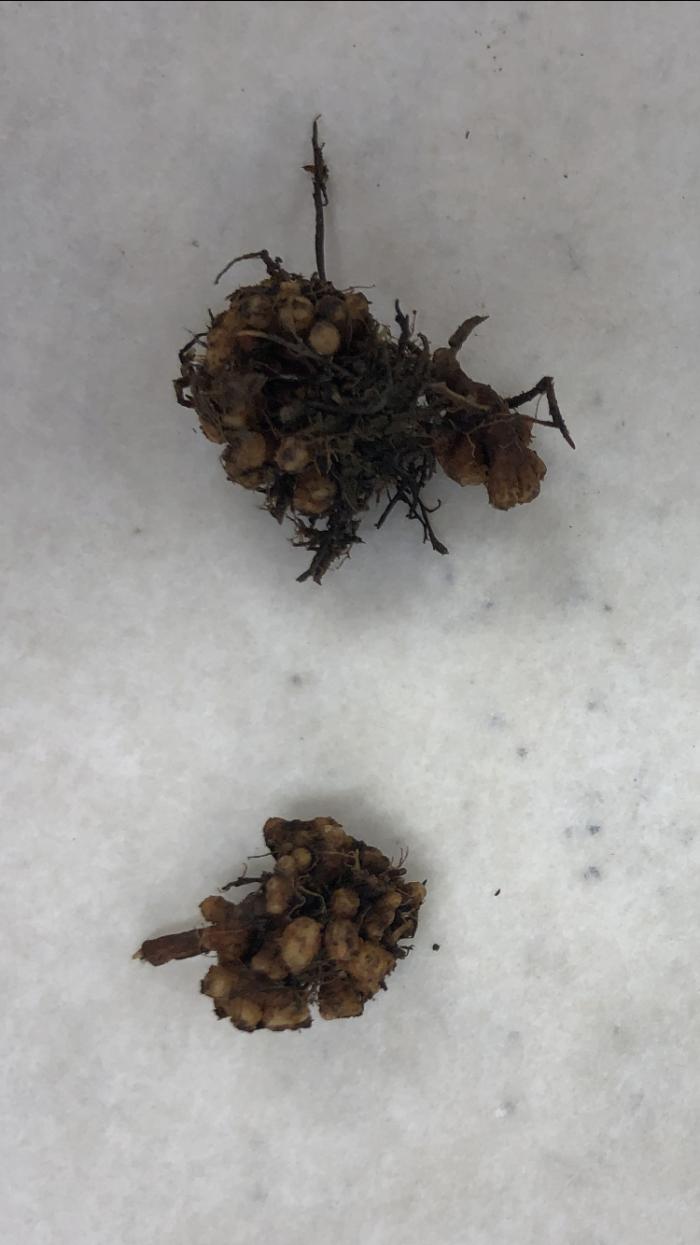In the lab, we've spent the past couple days sorting plant matter from the plots we harvested. As I mentioned in a previous post, a majority of the shrub found in our plots are alders, a nitrogen-fixing plant. When we sort, we have to isolate structures found on the roots of the alders, known as nodules. Nodules are interesting structures that are only found on some types of plants and fungi but are crucial for the majority of life, including muskox.
Most of us know that we need protein in our diet. "It helps build muscles!" But, many of us don't know that we have a bacteria-plant relationship to thank for things like our muscles, DNA, hormones, and certain vitamins. In fact, all these things ultimately come from plants. The protein found in a beef patty, for example, comes the grass that the cow ate. All protein is characterized by its content of nitrogen. But, not all nitrogen is the same. The nitrogen that's in the air, for example, is two nitrogen bound together. The nitrogen that is found in protein is made from NH3, ammonia. Additionally, plants, like animals, can't convert N2 to NH3 without some help.

To solve this problem, some species of plants have formed a relationship with a type of bacteria found in the soil. The plant makes nodules in their roots which resemble large round pockets and act as a home for the bacteria. The bacteria live in these nodules and convert N2 to NH3. The plant can then incorporate the NH3 into its new tissue. Then, when the plant is eaten by a muskox, for example, its body breaks down the plant's tissue which contained the usable-form of nitrogen and can then incorporate it for its functions.
https://en.wikipedia.org/wiki/Root_nodule





Comments